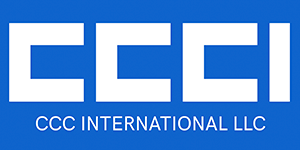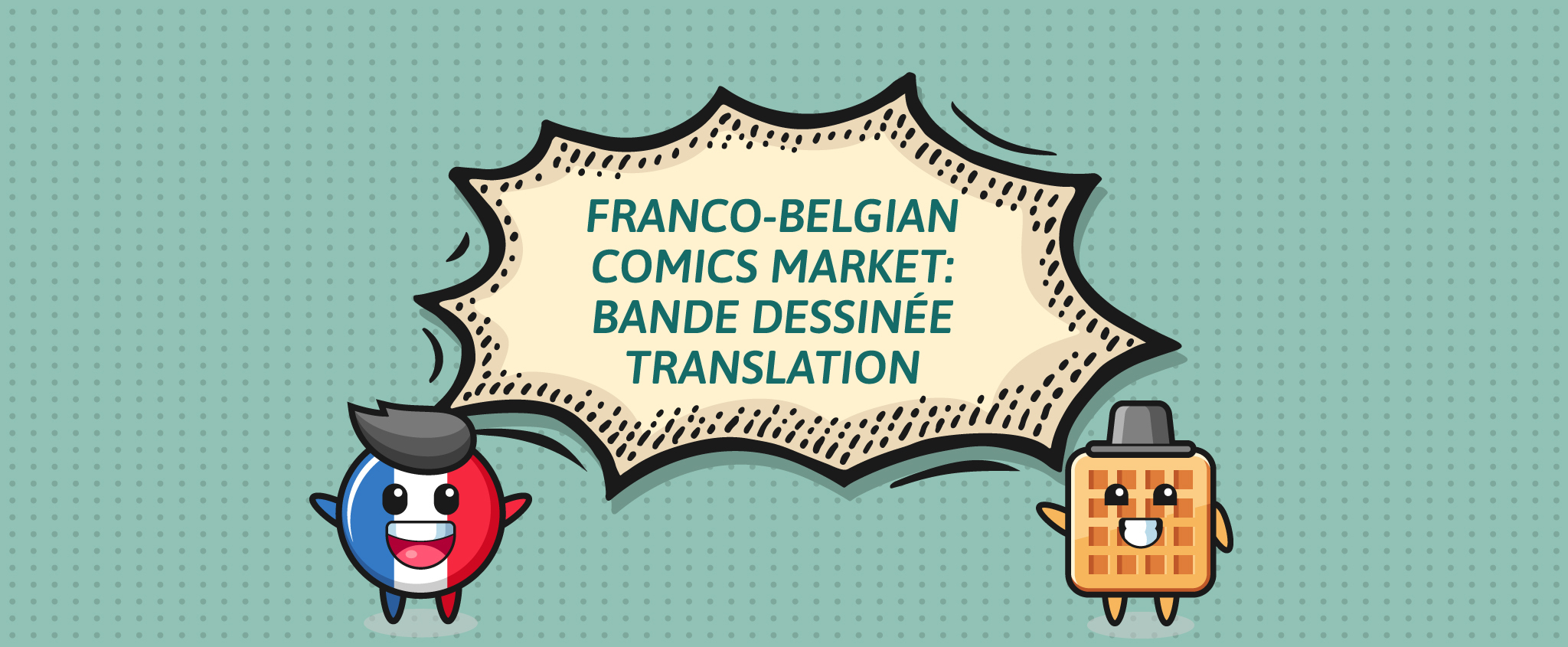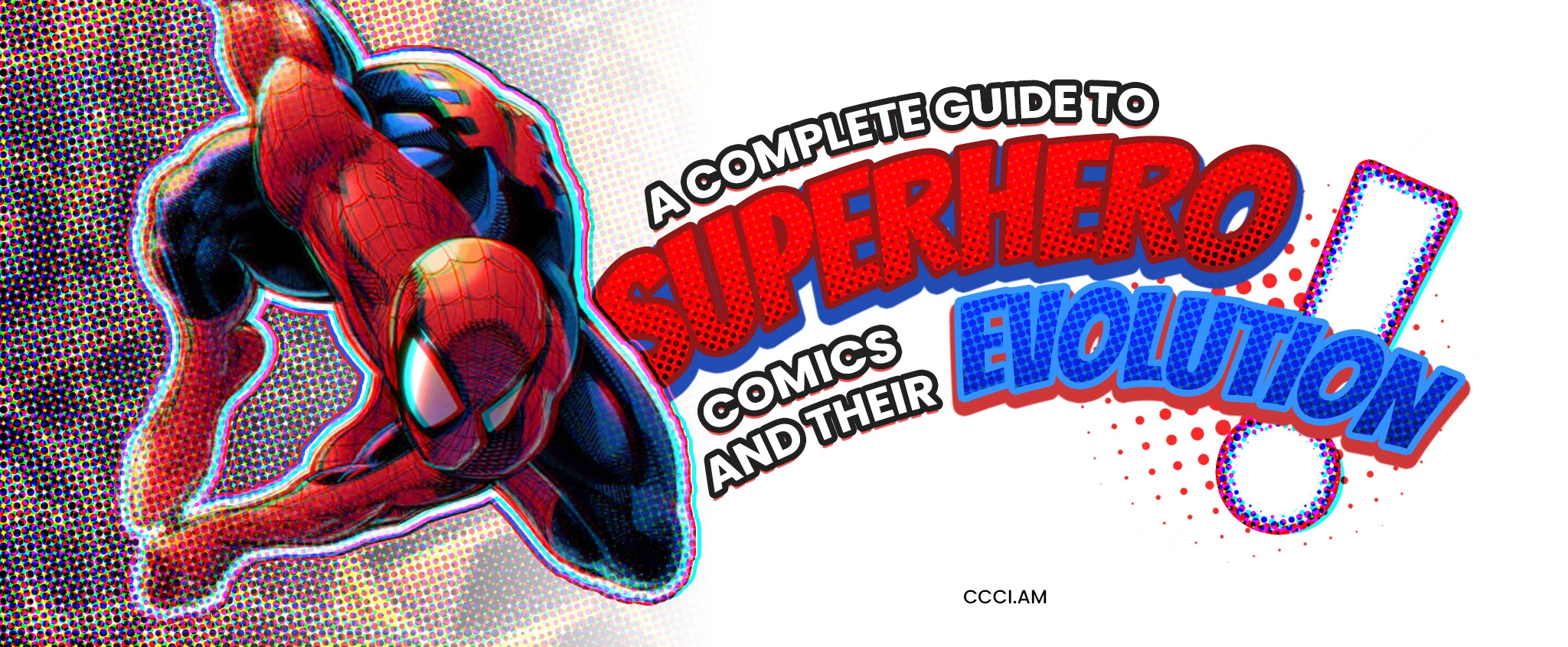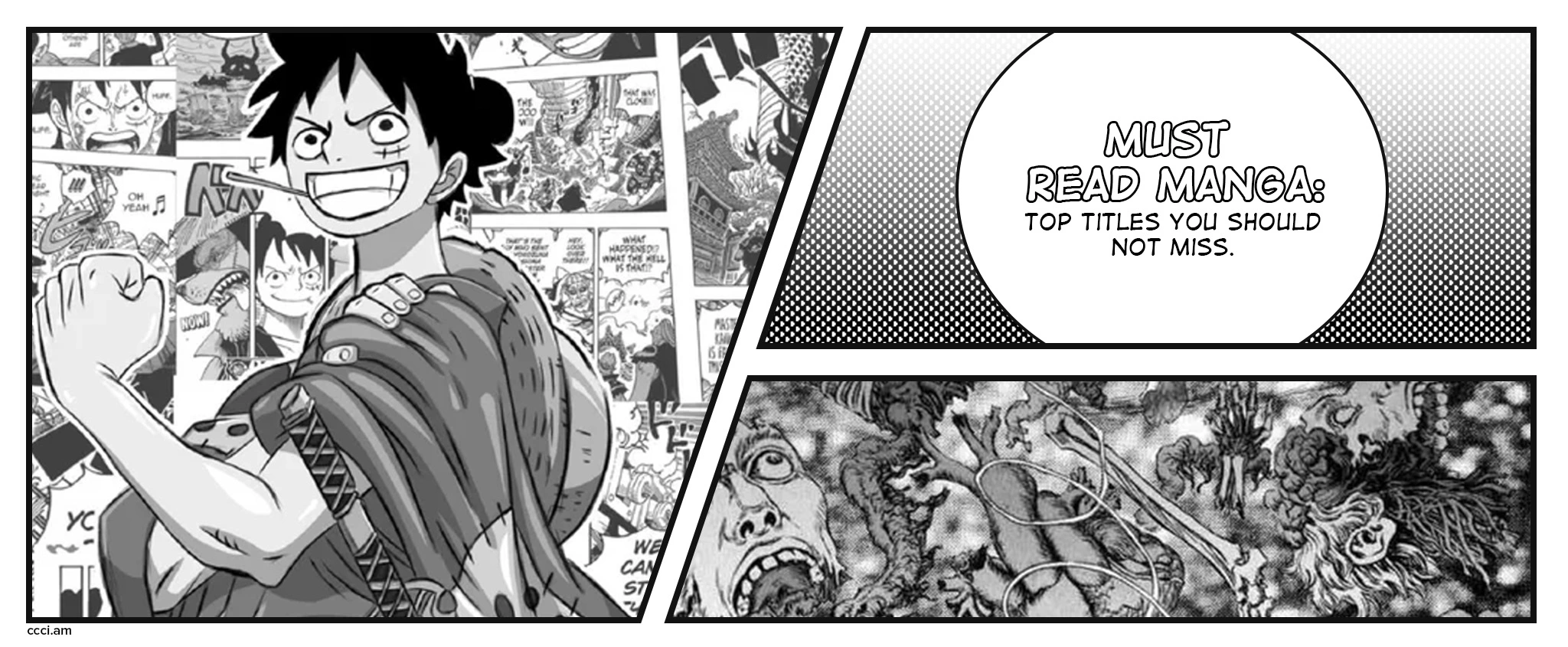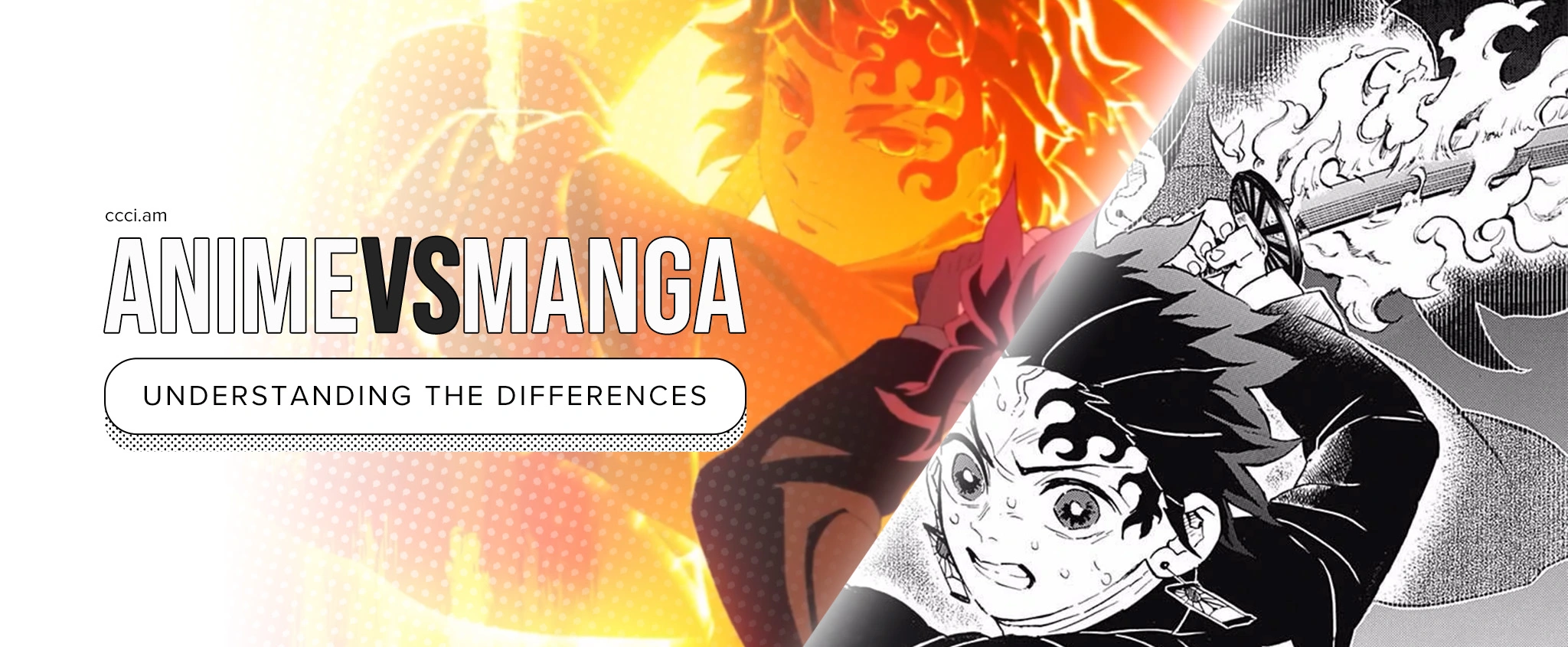Franco-Belgian Comics: Bande Dessinée Translation
Franco-Belgian comics, commonly referred to as “Bande Dessinées” or “BDs,” are a colossal contribution of France to the comics industry. They prove how comics can become a significant storytelling medium for the world. Comics as a sequential art medium was declared “The Ninth Art” in the 1960s, making the industry a paragon.
“Bande Dessinées” is the French term for “drawn strips.” They are created in the French language for readership in France and Belgium. Unlike the popular American comics and Japanese manga, Bande Dessinées are usually published in a wider, hardcover format and packaged as “Albums.” They use various mediums such as oil paint, watercolor, pencil, digital, ink, and more.
Among the most famous Bande Dessinées that have been translated into various languages worldwide are The Adventures of Tintin, Asterix, Lucky Luke, and Gaston Lagaffe. Even the well-known film series The Smurfs was originally a Bande Dessinée!
During the course of the industry’s growth, Bande Dessinées have diversified into extensive genres and target audiences. In this article, let us explore Franco-Belgian comics, the industry, and how Bande Dessinée translation has helped establish French comics as one of the best across the globe.
Franco-Belgian Comics Market Overview
The Franco-Belgian comics industry is divided into various styles. A few of the widely popular styles include Alternative, Animation, and SF Contemporaine. Of course, Ligne Clare “Clear Line,” Realiste, Nouveau Realiste, and Marcielle School are impossible to miss.
In 2009, the industry was worth around €330 million as it sold 40 million comic albums a year. One of the more recent big factors that kickstarted the industry’s success is the École Européenne Supérieure de l’image (Regional School of Fine Arts in Angoulême), which was established in 1983. Angoulême provides majors in comic theory and practice and is also home to the Museum of Cartoons or the la Cité Internationale de la Bande Dessinée et de l’image.
The museum showcases Bande Dessinées in their original printed conditions. It also has an extensive library of other comic books and hosts exhibitions. Moreover, the museum is an event lobby for the Festival International de la Bande Dessinée (Festival of Comics), one of the largest comic conventions after the U.S.A.’s San Diego Comic Con and Japan’s Doujinshi comics. The festival was founded in 1973 and now attracts hundreds of thousands of visitors.
Apart from Angoulême, the Louvre and other artistic institutions in France also exhibit Bande Dessinéess. In March 2011, the Foundation Cartier exhibited Moebius, the alias of Jean Giraud, Bande Dessinées comics. Moebius is a significant influence on science fiction adult Bande Dessinées comics especially in the 1970s, most well-known for the science fiction comic Arzach.
Presently, France joins the list of the biggest European comic book markets, along with Germany, Italy, and Spain. France also has the most number of publishers. Furthermore, the Belgium comics market produces at most 2,000 titles per year. Yes, a variety of comics coming out of Belgium and France prove the ceaseless demand for Bande Dessinée comic book translation.
The Franco-Belgian market for comic books succeeds through good Franco-Belgian comic book translation. Just like how Bande Dessinées first penetrated other markets, comic book translation best reaches audiences beyond France and Belgium. What is it with Bande Dessinées that attracts comic book enthusiasts and which Bande Dessinées pioneered the industry’s popularity?
Best-known Bande Dessinée Translations
In 1925, Alain Saint-Ogan created the first successful series Zig et Puce. And in 1929, Georges Réme or “Hergé” created the groundbreaking Les Adventures de Tintin (The Adventures of Tintin). It is impossible to tell the origin story of Bande Dessinées without Hergé’s title. After that, the next most successful album system product was Astérix: The Gaul by Albert Uderzo and René Goscinny.
More of the popular Bande Dessinée comic characters, Lucky Luke in 1946 by Morris is also a product of the Bande Dessinée. And of course, there is The Smurfs by Pierre Culliford in 1958, which was translated into over 25 languages.
In the mid-1950s, Ric Hochet by Tibet and André-Paul Duchâteau also rose to fame. And from 1983 until 2013, more Bande Dessinées remained inventive into the new millennium, spearheaded by Philippe Geluck’s Le Chat (The Cat).
Diving into modern translations of Franco-Belgian comics, there is also a list of recent and notable Bande Dessinées. Akissi by Marguerite Abouet and Mathieu Sapin is one of the Bande Dessinées that reflect the current diversity in the French children’s comics industry. Add The Ballad of Yaya by Jean-Marie Omont (and others) and Golo Zhao, and Bigby Bear by Philippe Coudray.
Franco-Belgian comic book translation has played a big part in how the industry thrives. As new creators and Bande Dessinées titles emerge, the success of reaching a wider audience-pioneered by the classic Bande Dessinée translations-lies on quality translation. Where can you find the best English translations of Franco-Belgian comics?
CCCI – Professional Bande Dessinée Translation Services
Explore and dominate the world of Franco-Belgian comics with CCCI’s Bande Dessinée translation services. As an international translation company, CCCI gives state-of-the-art multilingual communication to our clients and partners. We provide services in 30 languages in various industries, including French.
CCCI is a top manga translation and webtoon localization company, collaborating with licensed manga distributors and publishers in Japan and other parts of the world. We handle translation and localization, making comic books available in different languages.
Apart from our manga and comics services, we also provide game translation and localization. Our multilingual team professionally and creatively works on projects, especially manga and comic-related ones, that aim to reach more readers and users in other languages. Our translation process includes thorough linguistic tests, ensuring the accuracy and overall quality of our output.
Our team addresses the need for European language support. That means your Franco-Belgian comics can find a home in us, and you can trust us in helping you share them with more audiences. Let us work on your Bande Dessinée, from translation to typesetting. When you work with CCCI, you work with professionals. Contact us now!
